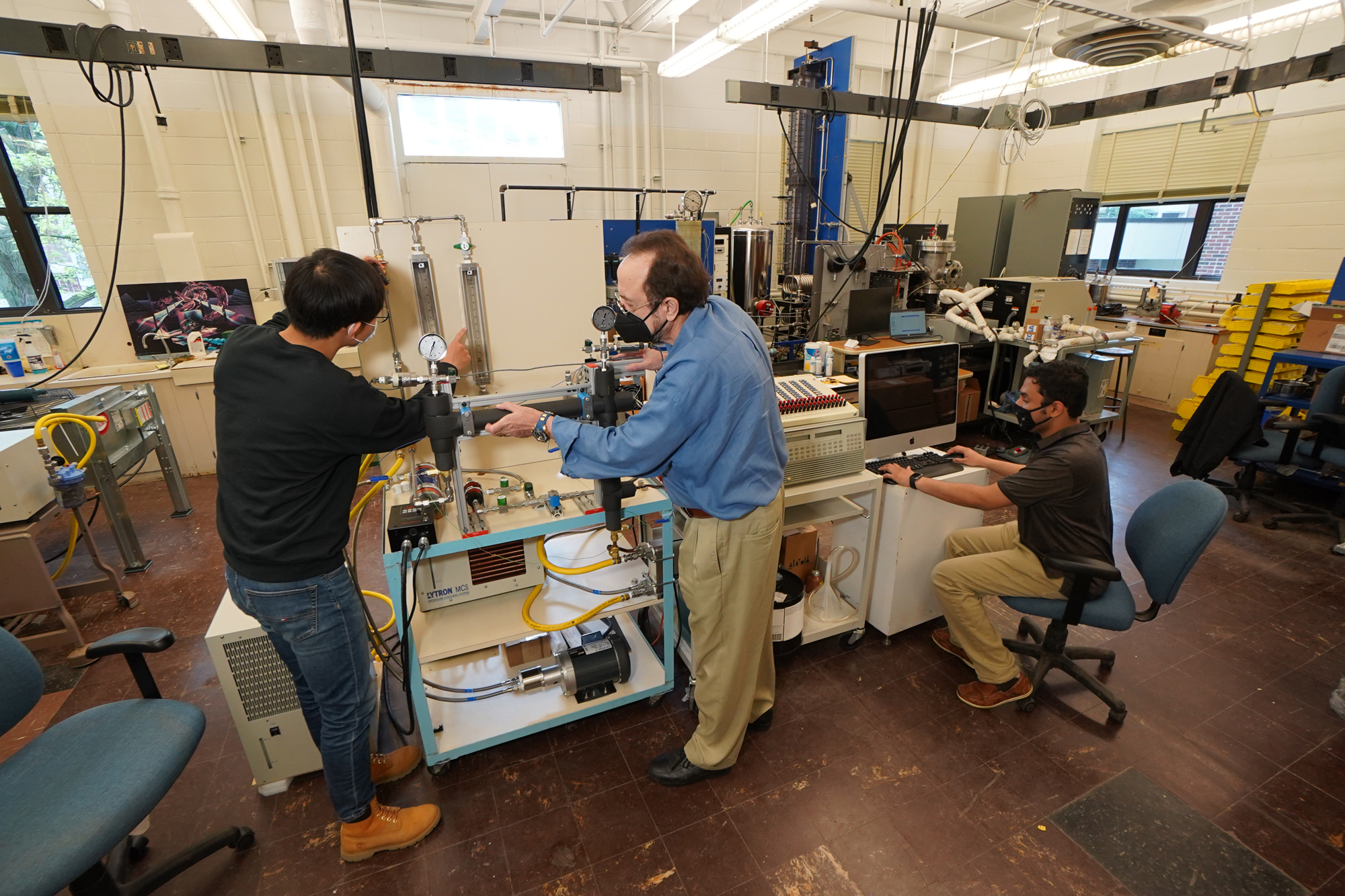The idea is to be able to charge your EV as quickly as you would fill a conventional vehicle with gas. Sound impossible? Researchers at Ford and Purdue university don’t think so.
“Today, chargers are limited in how quickly they can charge an EV’s battery due to the danger of overheating. Charging faster requires more current to travel through the charging cable,” said Michael Degner, senior technical leader, Ford Research and Advanced Engineering. “The higher the current, the greater the amount of heat that has to be removed to keep the cable operational.”
While the easy answer to providing more current is to utilize a larger diameter cable, one other alternative is to utilize liquid cooling. But this is where the research team is experimenting with a new system. Their liquid-cooling system utilizes the phase change of liquid to vapor, providing enhanced cooling to keep charging cables cool.
“Electric vehicle charging time can vary widely, from 20 minutes at a station to hours on an at-home charging station, and that can be a source of anxiety for people who are considering buying an electric vehicle,” said Issam Mudawar, Betty Ruth and Milton B. Hollander Family professor of mechanical engineering, Purdue University. “My lab has come up with a solution for situations where the amounts of heat that are produced are beyond the capabilities of today’s technologies.”
If the research goes well, the lab at Purdue may have a prototype charging cable within the next two years that can deliver fast charging. This is one more part of the puzzle that could bring us closer to widespread EV adoption.
“Ford is committed to making the transition to electrification easy,” said Degner. “We are glad to work closely with Purdue’s research team, which has the potential to make electric vehicle and commercial fleet ownership even more appealing and accessible.”


